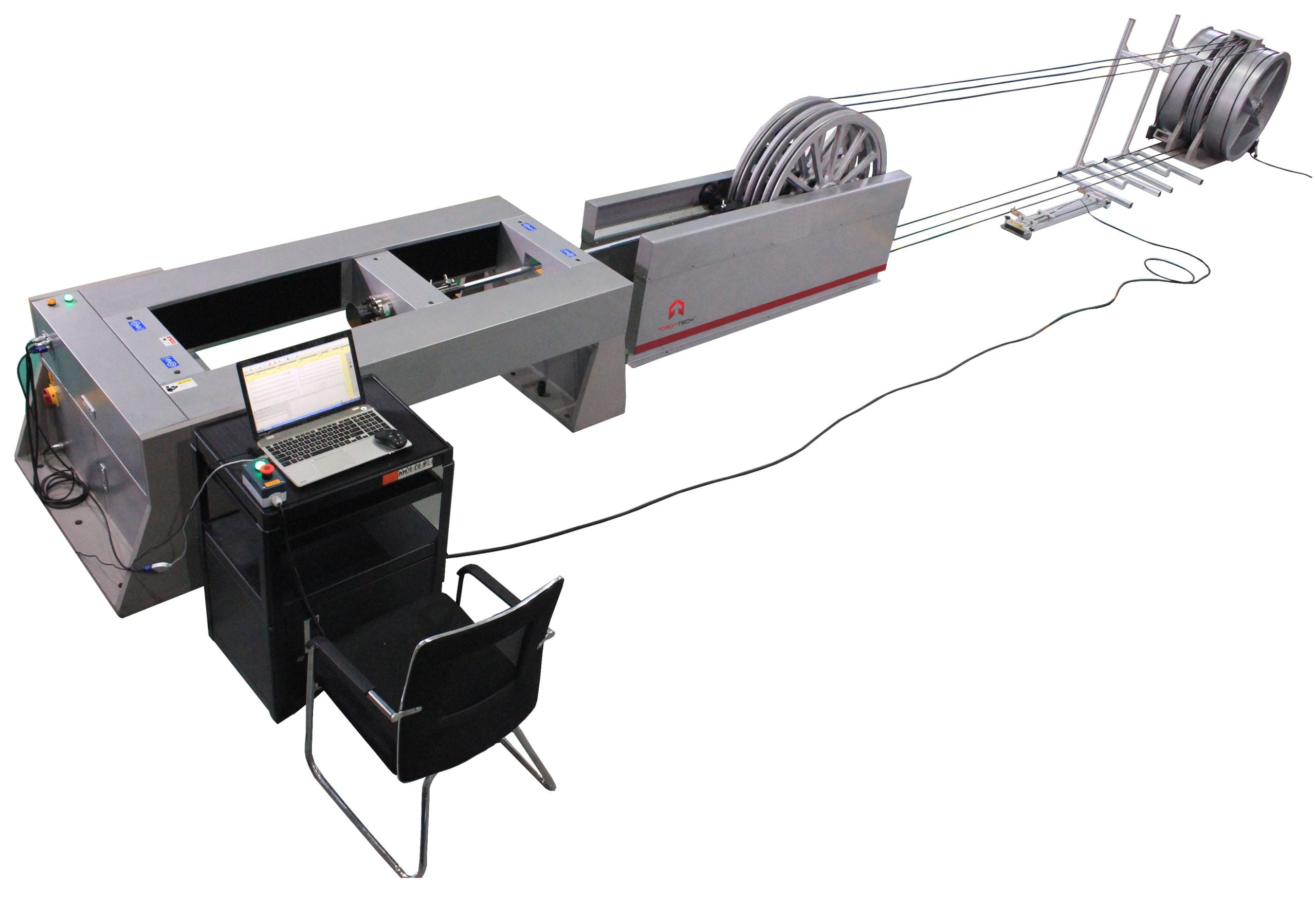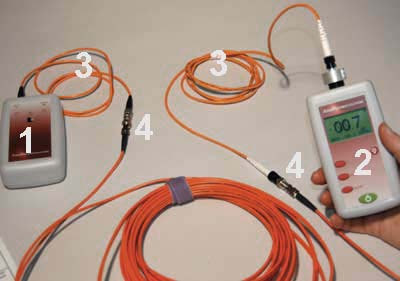Checking Out the Conveniences of Optical Fiber Evaluating for Boosted Interaction Solutions
The value of optical fiber screening in modern interaction systems can not be overstated, as it serves as a foundation for making certain network dependability and efficiency. Making use of advanced approaches such as Optical Time-Domain Reflectometry (OTDR) and insertion loss evaluation, companies can not just identify mistakes yet likewise enhance their setups. This positive screening method has extensive ramifications for signal high quality and functional efficiency, elevating the concern of exactly how these methods contribute to lasting sustainability in an ever-evolving technological landscape. Understanding these dynamics is necessary for stakeholders intending to keep an one-upmanship.
Importance of Optical Fiber Screening
The importance of optical fiber testing can not be overemphasized in today's data-driven setting. As companies increasingly depend on high-speed information transmission for day-to-day procedures, the honesty and performance of optical fiber networks are paramount. Examining guarantees that these networks can support the substantial quantities of data created and transmitted flawlessly, promoting reliable interaction and connectivity.
Optical fibre testing offers numerous vital features, including verifying installation quality, identifying potential faults, and figuring out total system efficiency. Routine screening can avoid costly downtimes and solution disturbances, enabling companies to maintain operational continuity. Additionally, it aids in conformity with sector requirements and guidelines, ensuring that fibre optic installments satisfy called for specs for safety and security and integrity.
In addition, testing can boost the long life of fibre optic systems. By proactively identifying concerns such as signal loss, depletion, or connector failings, companies can attend to problems before they intensify, therefore extending the life of their infrastructure. In summary, optical fiber screening is not merely a technological need but a strategic investment that improves network reliability, enhances performance, and ultimately sustains the growth and performance of contemporary interaction systems.
Secret Testing Techniques

OTDR is an important method made use of to identify mistakes, measure splice losses, and examine the overall honesty of a fibre optic web link. By sending a pulse of light down the fibre and assessing the shown light, specialists can identify places of faults and review the network's performance over cross countries.
Insertion loss screening determines the amount of signal loss that occurs when light travel through a connection or splice. This method is vital for confirming that connections meet specific loss limits, which is important for maintaining ideal performance in communication systems.
Optical return loss screening measures the amount of light mirrored back in the direction of the source due to blemishes in the fiber or connections. High return loss worths suggest far better efficiency and decreased signal deterioration.
Together, these testing approaches give a comprehensive analysis of fiber optic networks, ensuring their dependability and performance in varied communication applications.
Impact on System Efficiency
Effective optical fiber testing straight affects the total performance of interaction systems. By ensuring the honesty of fiber optic cords, testing determines prospective mistakes such as depletion, splice loss, and adapter imbalance. These concerns can significantly degrade signal top quality, bring about disruptions and lowered data transmission speeds.

Additionally, normal optical fibre screening adds to long-lasting system sustainability. It makes it possible for very early detection of deterioration, visit our website enabling for timely maintenance and upgrades before significant failures take place. This not just extends the life-span of the facilities yet also makes certain that interaction systems continue to be affordable in regards to efficiency.
Cost-Effectiveness and Performance
Cost-effectiveness is a critical consideration in the implementation and upkeep of optical fiber networks. Executing durable optical fibre testing procedures can significantly reduce functional prices by recognizing issues prior to they escalate right into significant straight from the source problems. optical fibre testing equipment. By detecting mistakes, attenuation, and other performance limitations early, organizations can prevent expensive fixings and downtime, which can disrupt services and cause revenue loss
Furthermore, reliable screening methodologies enhance the installation process, enabling specialists to work better. This equates to decrease work costs and faster job completion times. Advanced testing equipment, such as Optical Time Domain Reflectometers (OTDRs), makes it possible for a precise evaluation of fibre high quality, guaranteeing that just optimum materials are utilized, consequently lessening waste.
Regular testing additionally contributes to much better source allotment. By recognizing the network's performance, organizations can make informed decisions regarding upgrades and growths, guaranteeing that investments are made where they are most required. In summary, optical fibre screening enhances cost-effectiveness and performance, supporting the long-term sustainability and competitiveness of interaction systems in a progressively demanding market.
Making Certain Long-Term Dependability
Implementing extensive optical fibre screening not just boosts cost savings and operational efficiency however also plays a crucial duty in making sure the long-term dependability of interaction networks. Consistent testing methods, consisting of attenuation and data transfer analyses, aid identify potential degradation in fiber efficiency before it results in solution disruptions.
By using advanced screening approaches, network operators can pinpoint faults or weak points in the fiber framework, enabling prompt removal. This aggressive method decreases downtime, making certain that interaction systems remain useful and reliable. Normal screening adds advice to the advancement of a much more resistant network, as drivers can adapt and optimize their framework based on real-time data insights.
Furthermore, guaranteeing conformity with industry criteria through optical fibre screening reinforces the high quality and stability of the entire communication system. This adherence not only boosts confidence among stakeholders yet also lines up with regulatory demands, which are significantly rigid.
Conclusion
In conclusion, optical fibre testing serves as a fundamental part in improving communication systems. By employing numerous testing methods, such as OTDR and insertion loss analyses, networks can accomplish optimal efficiency and reliability.